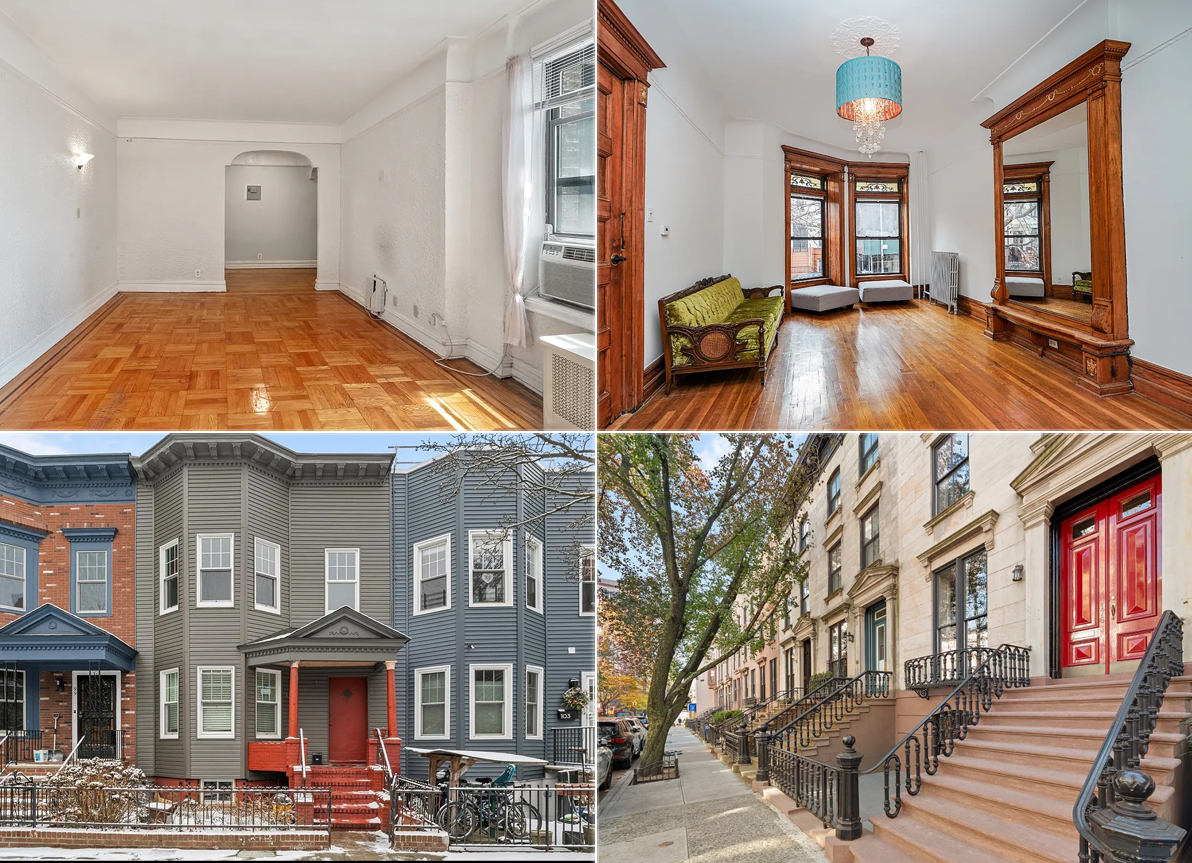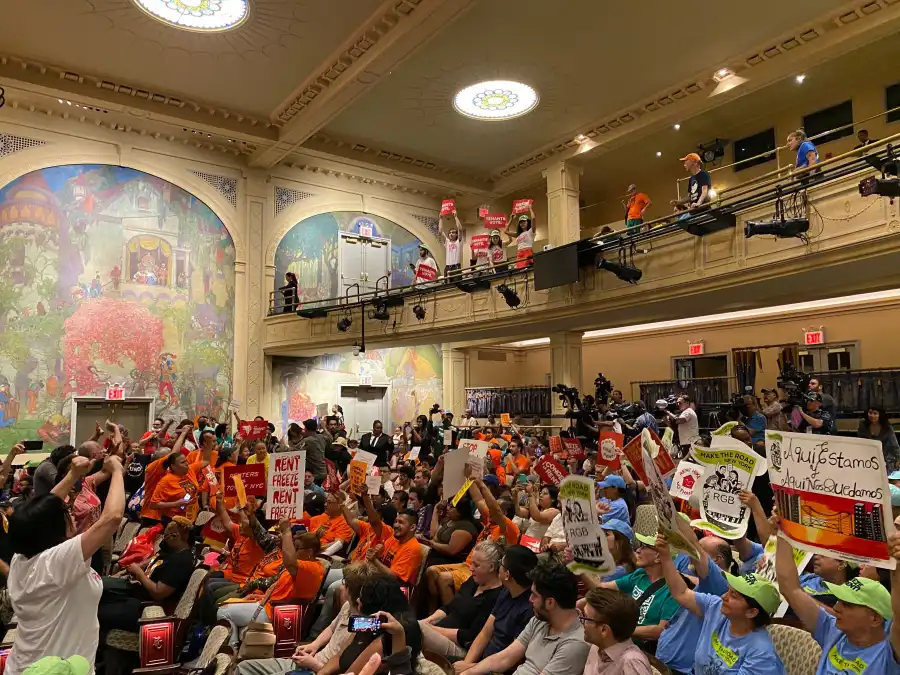Proactive on Kent Avenue?
Driving past this building on Kent Avenue at Division in South Williamsburg, we started thinking about the criticism lobbed at preservationists that they are too reactionary, only focusing on a property when it’s in immediate danger. This beautiful old factory has some one-story scaffolding around it but we haven’t heard any chatter about what lies…
Driving past this building on Kent Avenue at Division in South Williamsburg, we started thinking about the criticism lobbed at preservationists that they are too reactionary, only focusing on a property when it’s in immediate danger. This beautiful old factory has some one-story scaffolding around it but we haven’t heard any chatter about what lies in store. Maybe a good place to start would be to hear what its original use was. GMAP





I was once sitting in front of the loft building down Kent in a car dropping off a friend when a car sped past us. it hit that corner a bit fast and skidded into the scaffolding -crashing and bringing some of it down. We ran to the car and found the driver sitting in the seat with a pole from the scaffolding pressing against his chest- held back by a joint hitting the rim of the winshield. Had the joint not been there we would have been peeling him off of that pole. Instead he wriggled out from under it unscratched but bruised and shaken
It’s tough to put housing into an old power plant – you need access to legal light and air, and that is hard when you have a massive building like this one. A Tate-like use is much easier, given the parameters of the site. It seemse like that scaffolding has been up forever.
While I couldn’t agree more that Williamsburg some beautiful housing I’d like to see one community with the juice and the will to stand up for density and fight the relentless downzoning the is sweeping Brooklyn. I’m thinking the old school Latins and Orthodox value space because of their large families and tight communities so they won’t try to stimulate Levittown densities in future development. And there is something to be said architecturally for neighborhoods that blend the old and the new, maybe even something we as a city need. Not that I expect tasteful architecture to just happen.
anon at 12:53:
Preservation of attractive buildings is always a nice goal but sometimes too idealistic. If this building is simply too expensive to reuse because of environmental issues, then non one is going to reuse it. Wouldn’t using the site for housing, albeit less attractive, be preferable to simply allowing the site to fall into disuse?
That said, I have a feeling that price (or adaptability of the building to residential use) and not cleanup is the operative factor because demolishing the building would require much of the same remedial work, plus disposal of the debris and building a new structure.
Williamsburg needs massive landmarking. It’s the only way to save the community from some of the most atrocious housing development in the city.
10:52 here. When I mentioned opposition to stronger preservation language, I was not referring to discussions between Con Ed and UJO. I was specifically referencing the community participation in the development of the 197-a plan. At that time and in that context, the sentiment was clearly that the need for housing in the Hasidic community was so dire that preservation of the electrical station was a secondary concern. That is why the recommendation was written the way it was in the final plan.
Anon 10:52, you are a bit wrong here, the Hasidic community NEVER opposed any stronger language, simply because it was never brought up at tthe many meetings between the Hasidic UJO group, ant reps of con-ed.
As what know of the negotiation’s, all the Hasidic developers asked for, was that con-ed either lower the price, or pay for the clean up, or part of it, and when they couldn’t agree, the talks ended.
it is important to note, that those meetings took place years ago, when nobody dreamed of any big housing plans for tat whole area, so I suppose that ConED is now more aggressive, since the whole area has seen a big boom in housing.
If my memory serves, this plant was originally constructed to provide power to Brooklyn street car lines. Later, the electricity was (still is?) used for the signals on the subway. Consolidated Edison does own the station, but since it generates direct (not alternating) current, it has little contemporary utility. (No pun intended, but not avoided either.)
On the proactive front, the City Charter Section 197-a plan completed for the Williamsburg waterfront in 1998 states, “Our primary goal for the Con Edison site at the corner of Kent and Division Avenues is to take advantage of its potential for housing. If that potential can be realized by reusing the existing building, two goals will be accomplished.” Stronger preservation language was opposed by the Hasidic community. I make that last comment with some trepitation, given the anti-Semitic comments that I have read on this blog. Like most generating plants, it will require extensive environmental clean-up.
con Ed tried to sell this building a few times, but they were unsuccessful, mainly because of very high levels on intoxication the building is reportedly full of, and it will cost a ton of money to clean it, so it is very interesting that some work is going on there.
Does anyone know?